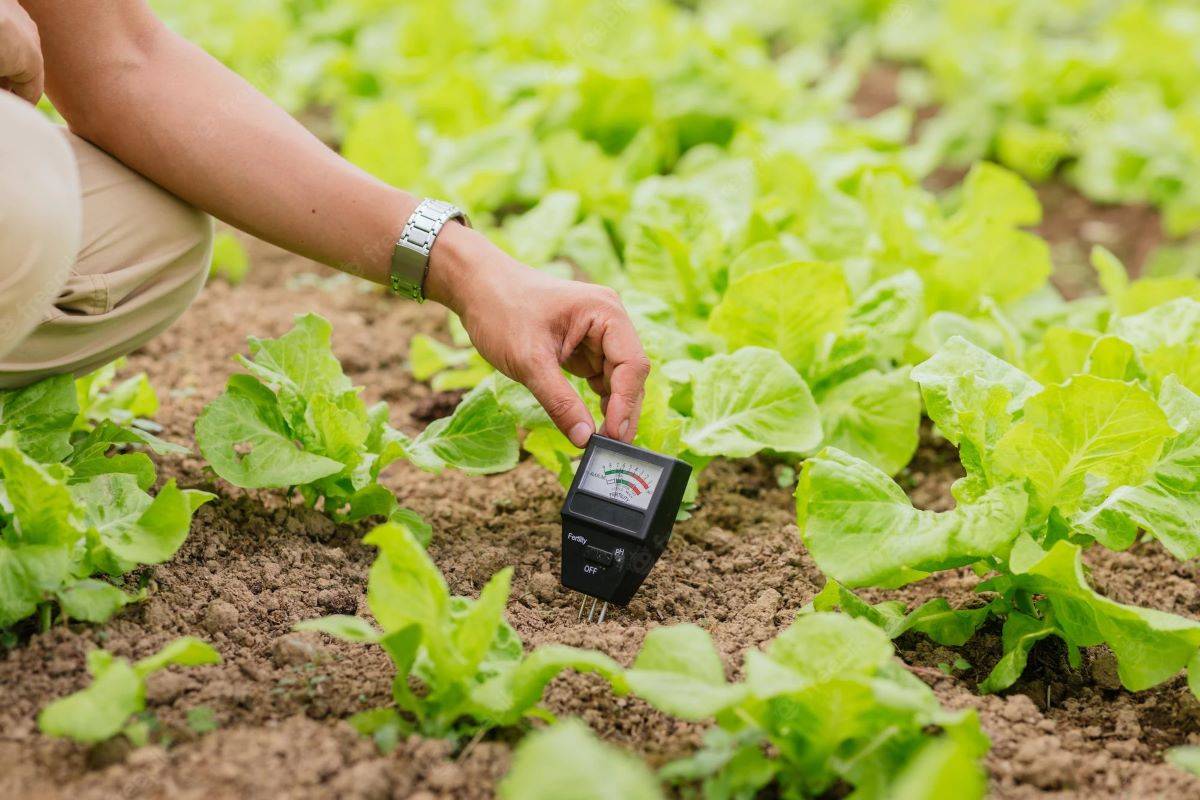
Advanced Materials recently reported the findings. "Continuous and real-time monitoring of soil parameters, specifically nitrogen usage and soil temperature, is required for efficient fertilization," Cheng added. "This is critical for assessing crop health, decreasing pollution, and encouraging sustainable and precision agriculture."
Nitrogen fertilizer use is frequent in agriculture, and the goal is to use the optimal amount for the best crop output. When too little nitrogen is applied, crop output may be less than optimal. Fertilizer is squandered when too much is applied, plants can burn, and hazardous nitrogen gases are discharged into the environment. Precise measurement of nitrogen levels—specifically, nitrogen loss as a gas-can assist farmers in achieving appropriate levels of fertilization for plant growth.
"Temperature effects the physical, chemical, and microbiological processes in soil, which affects plant growth," said co-author Li Yang, professor at China's Hebei University of Technology's School of Artificial Intelligence. "Continuous monitoring allows farmers to devise plans and remedies when temperatures become too hot or cold for their crops."
However, both gases and temperature, as well as relative humidity variations, can induce changes in the sensor's resistance value, therefore the sensor cannot distinguish between them. According to Cheng, sensing methods that may get nitrogen gas and temperature measurements independently of each other are rarely documented.
Cheng's team created a high-performance sensor that can detect nitrogen loss independently of soil temperature. The multi-parameter sensor is based on vanadium oxide-doped, laser-induced graphene foam. Doping metal complexes in graphene have also been shown to improve gas adsorption and detection sensitivity.
The sensor is encased in a soft membrane that prevents nitrogen gas passage, allowing the sensor to respond only to temperature changes. Furthermore, the encapsulation can be removed and the sensor operated at high temperatures. This reduces the influence of relative humidity and temperature in the soil, allowing for precise nitrogen gas monitoring. The combination of the encapsulated and unencapsulated sensors allows for total decoupling of temperature and nitrogen gas. According to Cheng, decoupling temperature changes and nitrogen gas emissions can be used to create and implement multimodal devices with decoupled sensing mechanisms for precision agriculture in all weather circumstances.
"The ability to detect ultra-low nitrogen oxide concentrations and minor temperature changes at the same time lays the path for the creation of future multimodal electronic devices with decoupled sensing mechanisms for precision agriculture, health monitoring, and other applications," said Cheng.
(Source: Pennsylvania State University)









